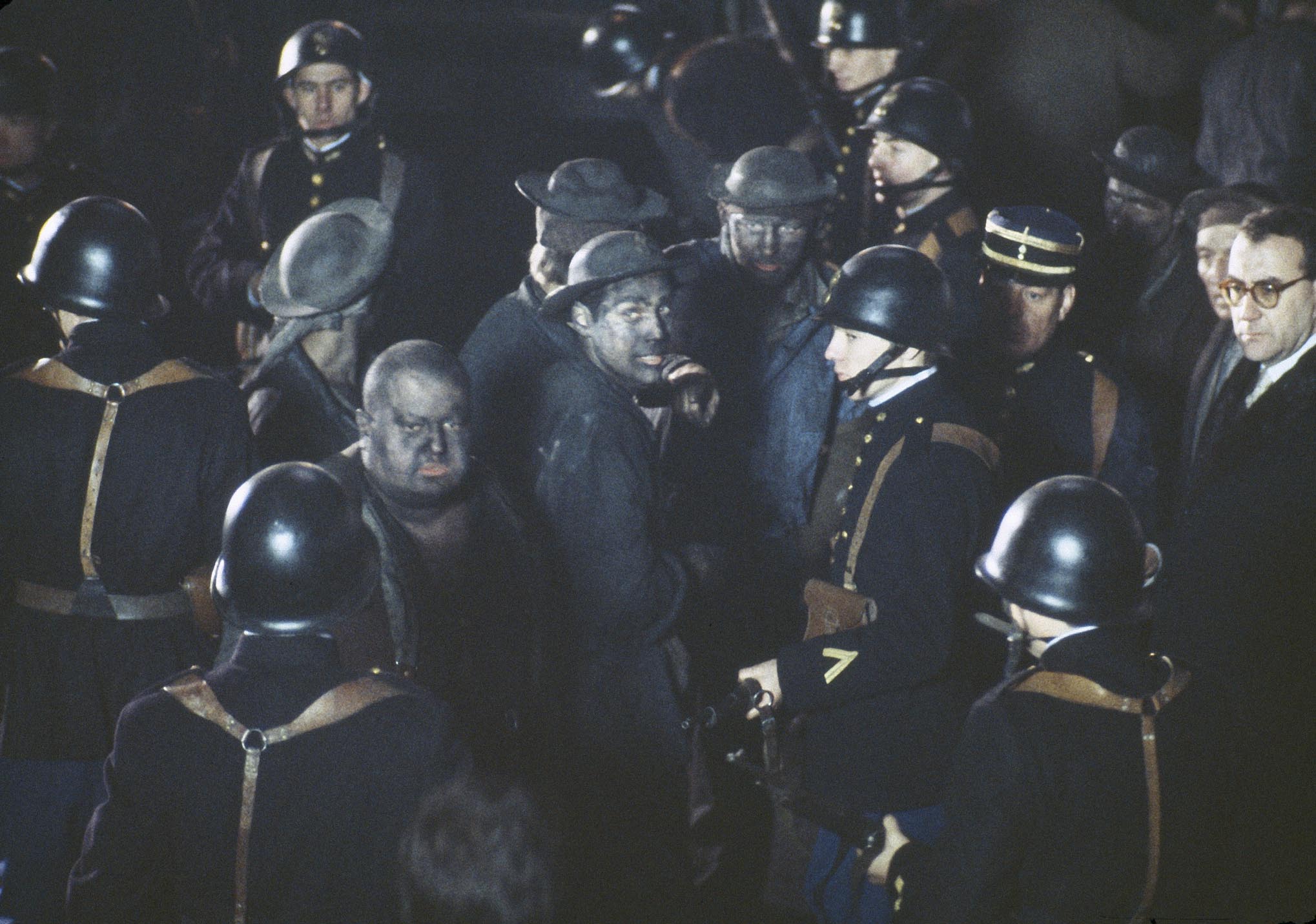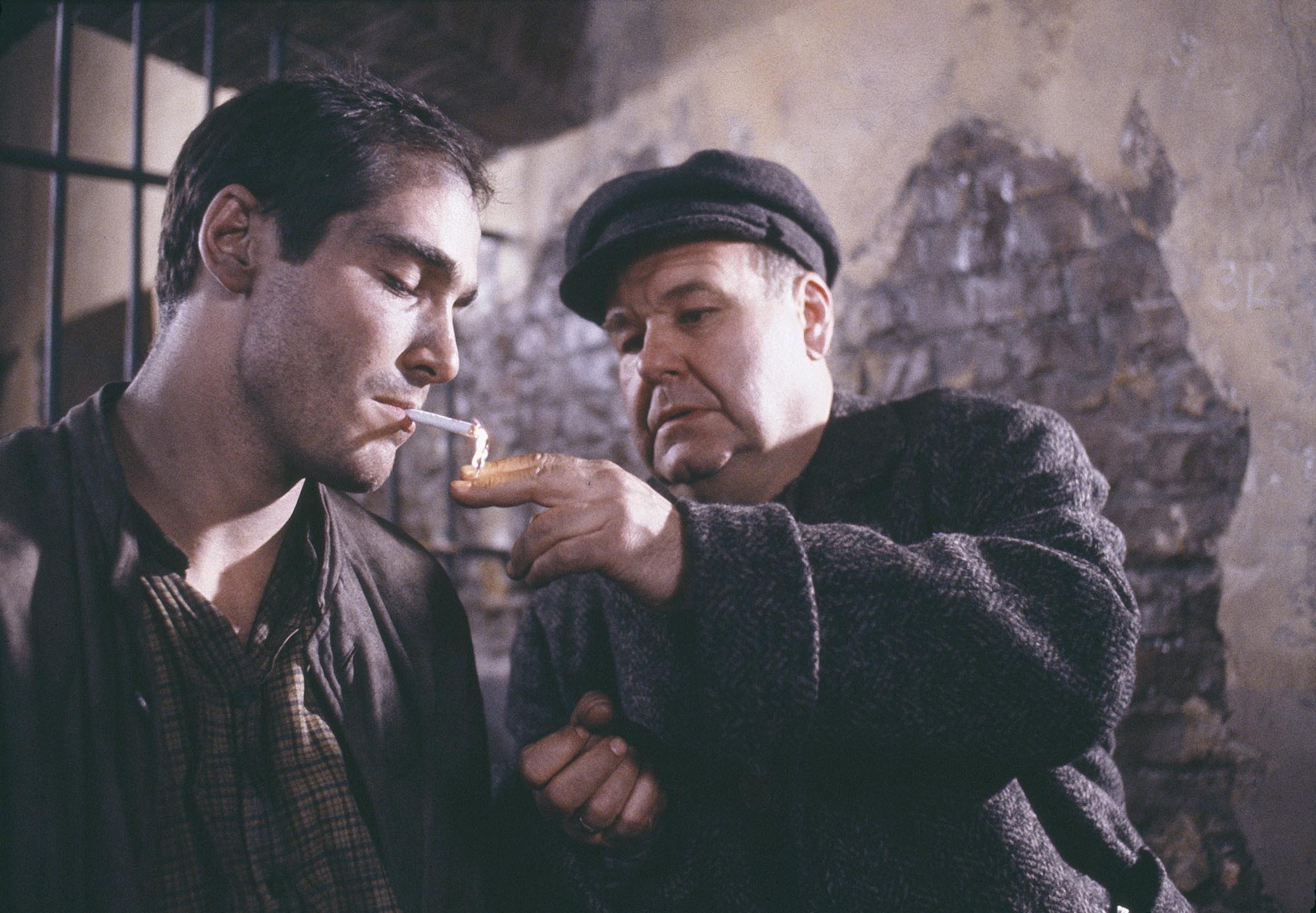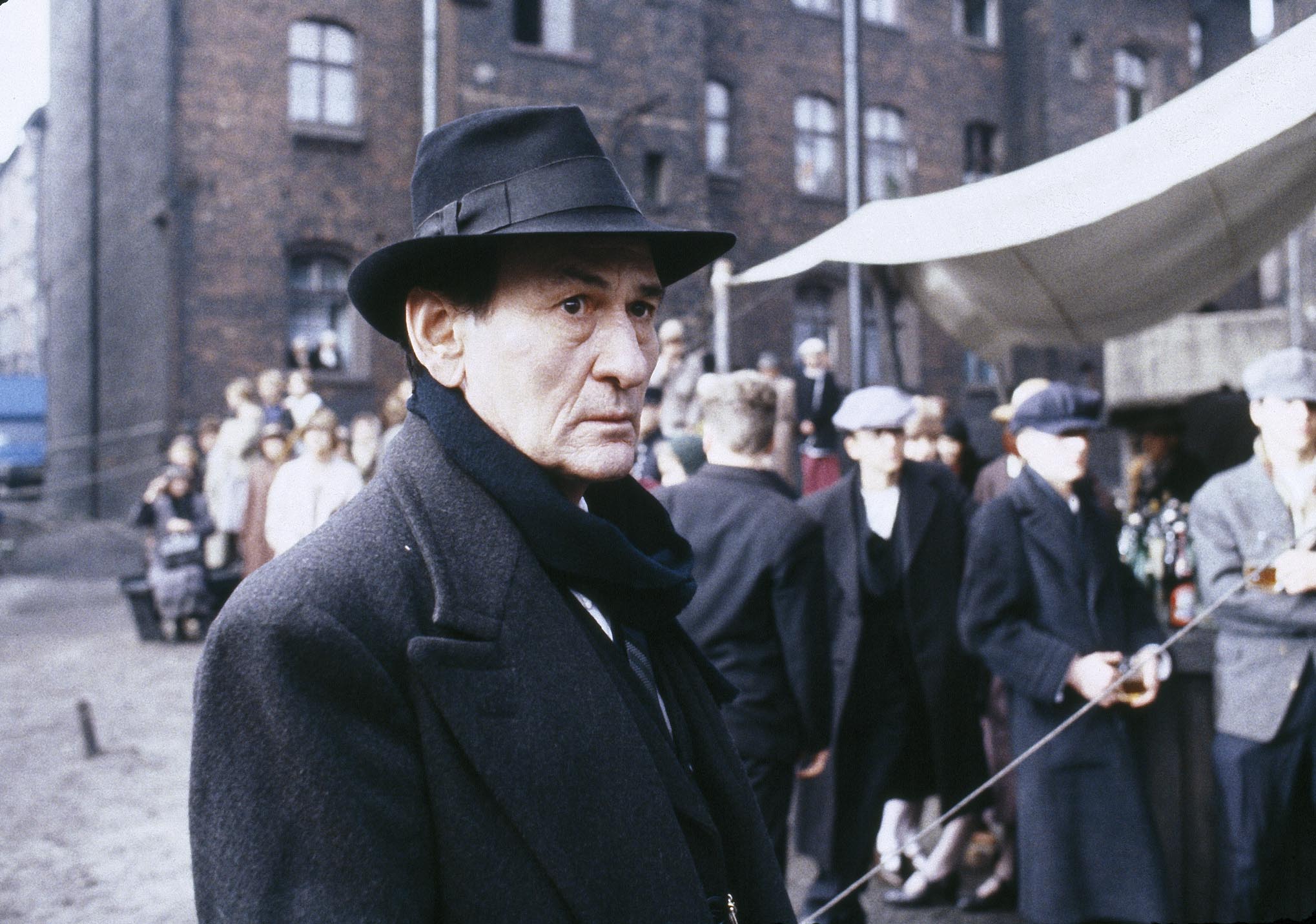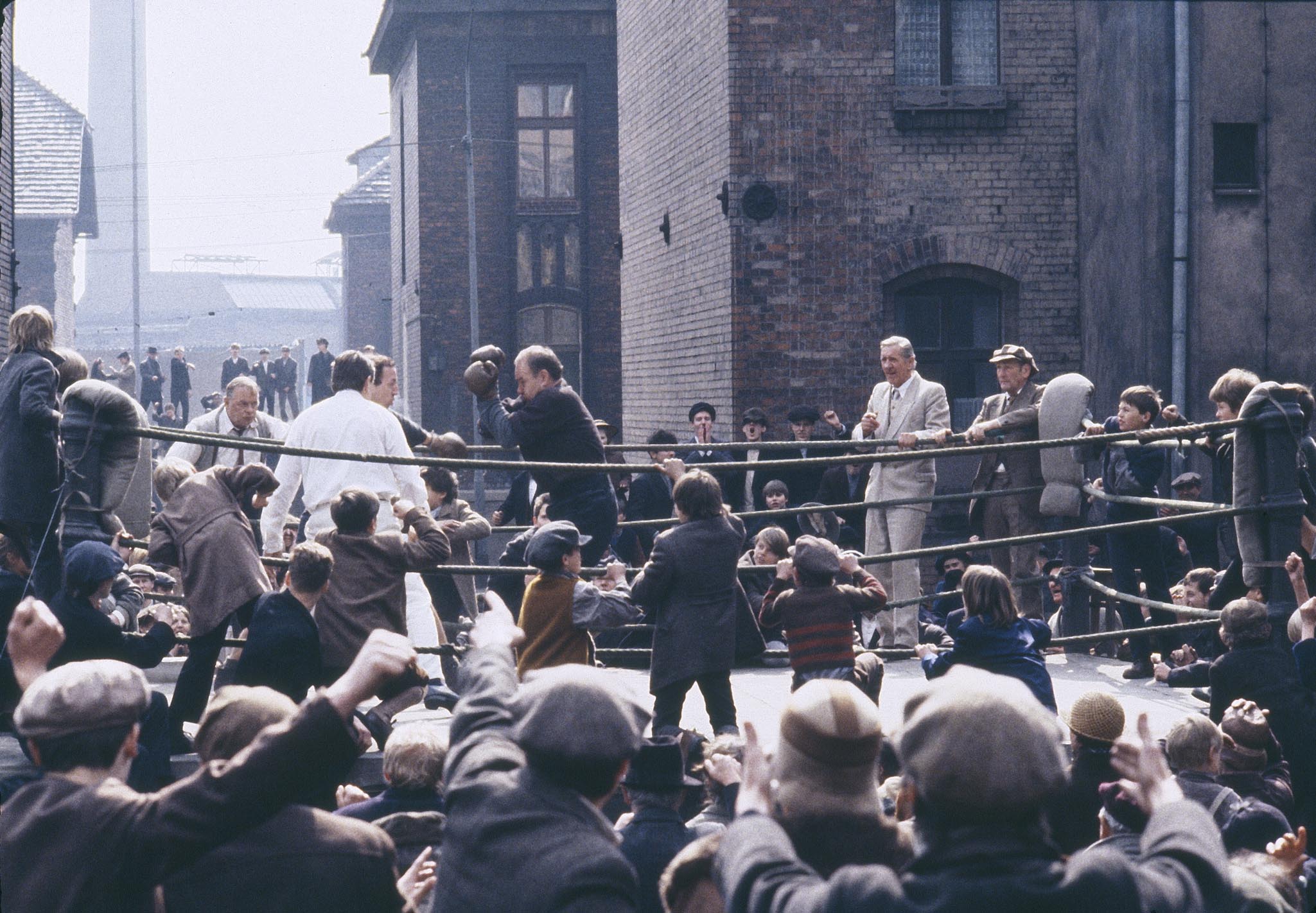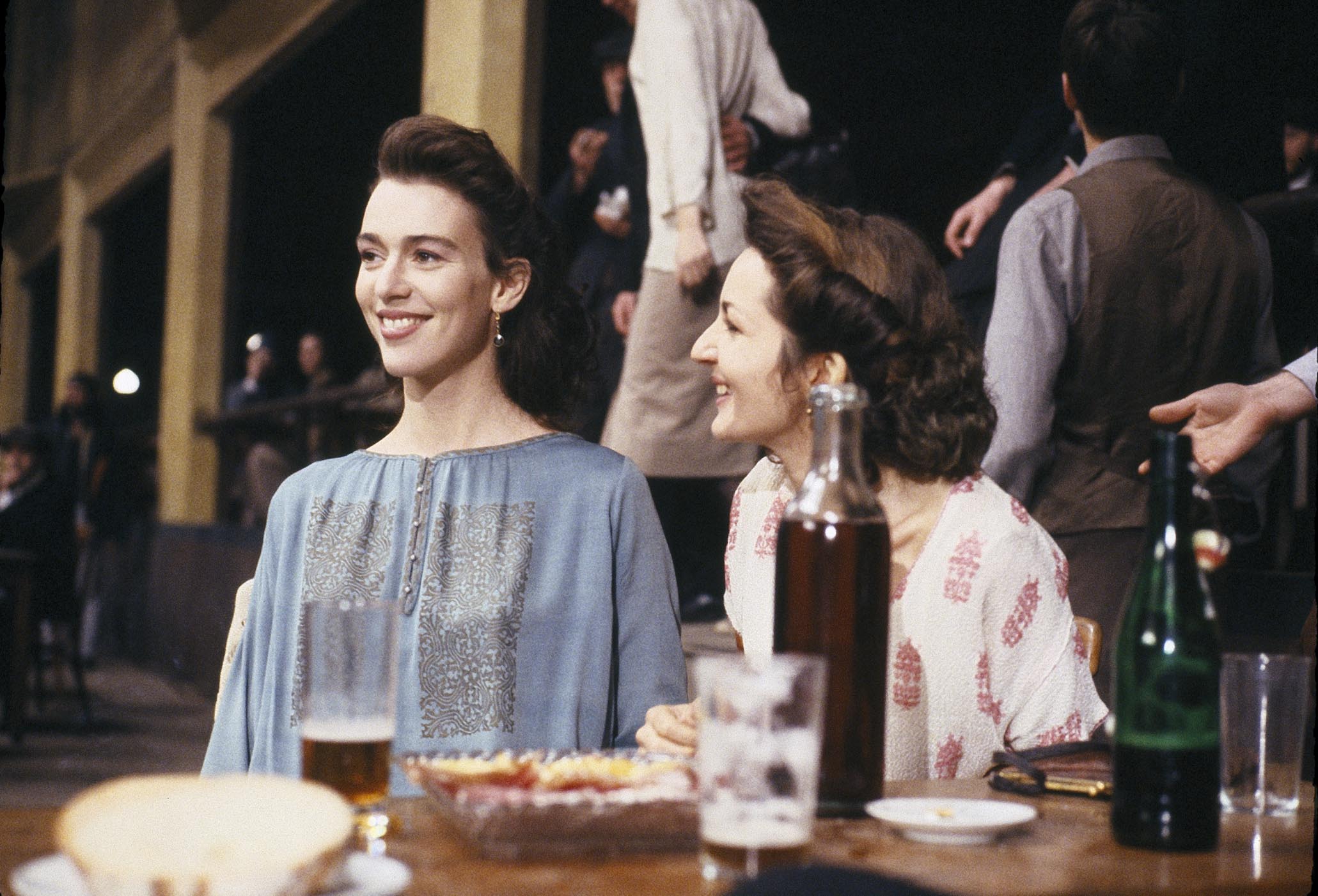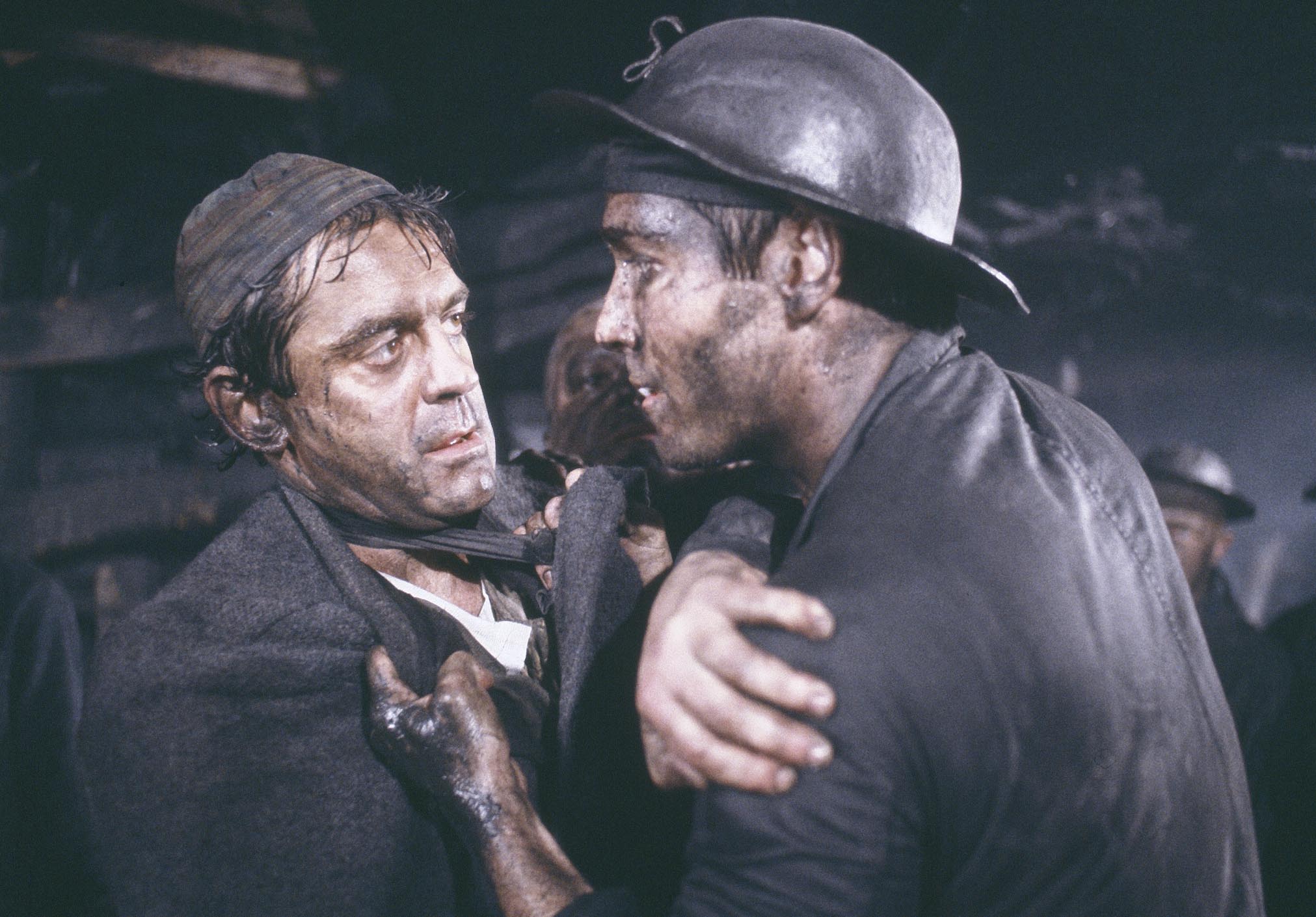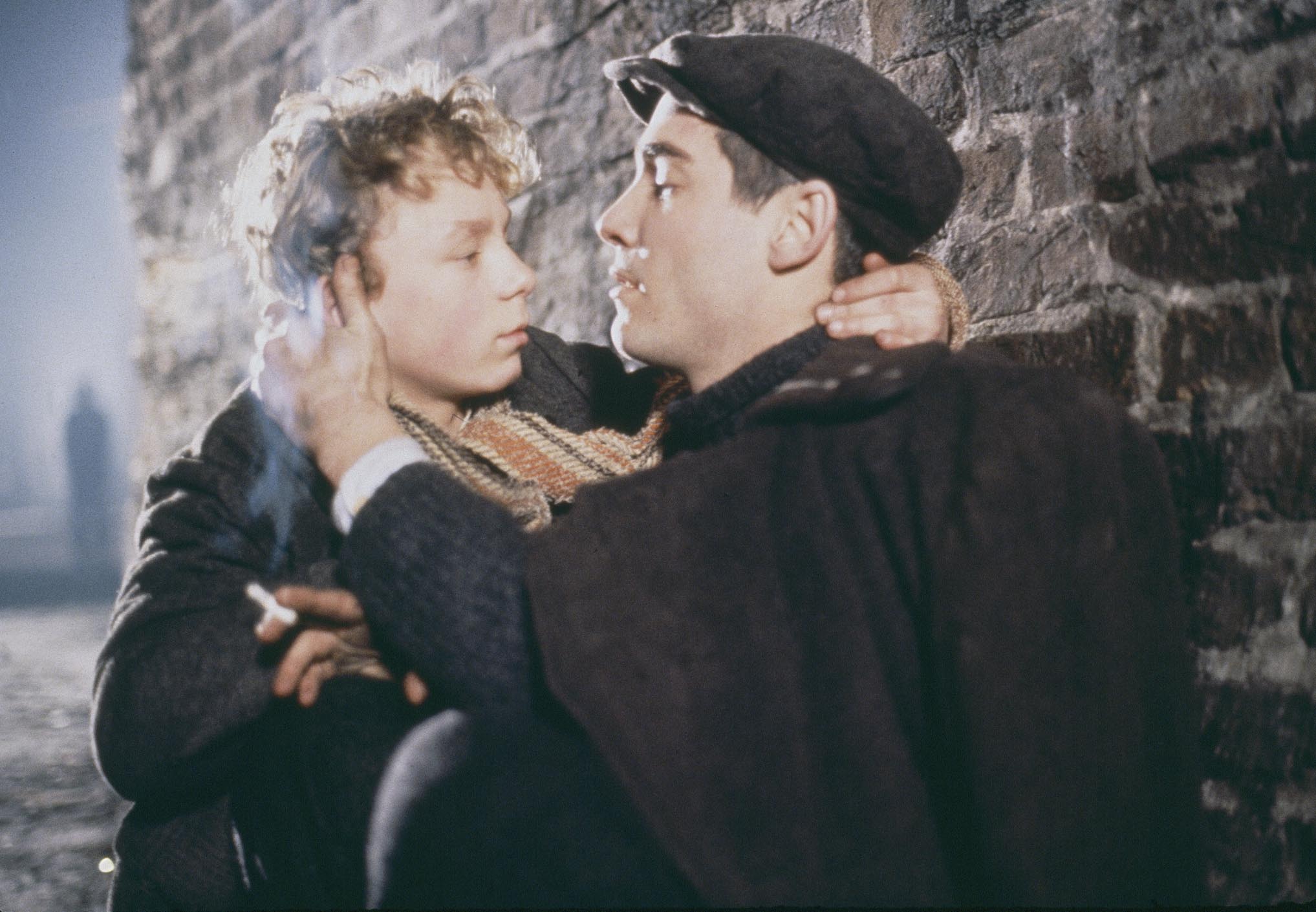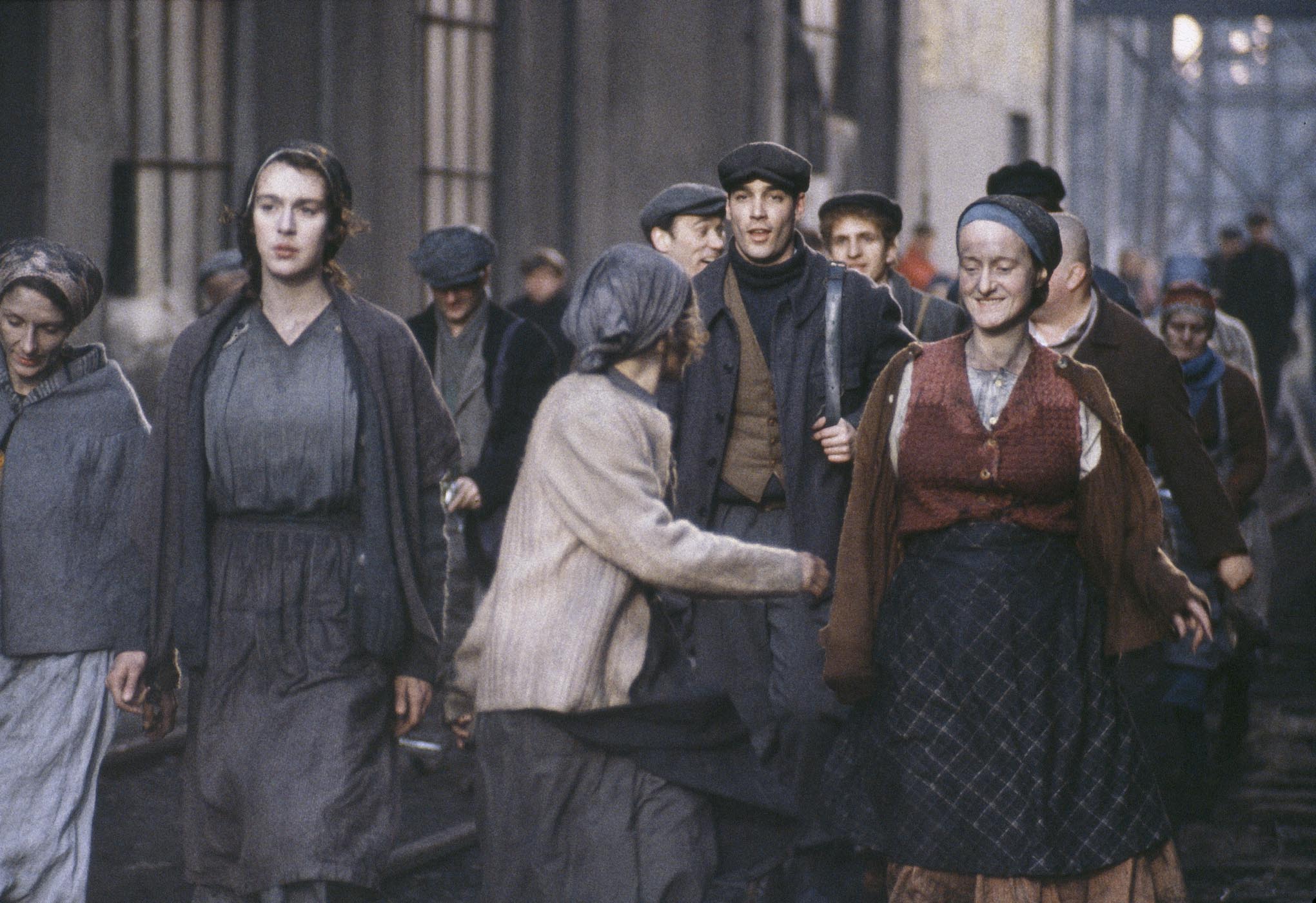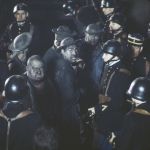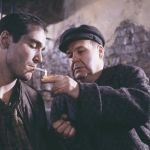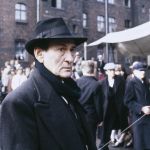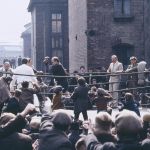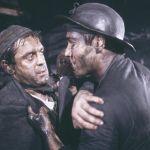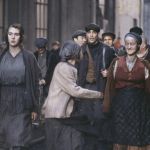REVUE DE PRESSE
Note d'intention d'Eric Barbier concernant Le Brasier-644
Director’s declaration of intent. Between cinéma vérité and a luxurious production, between a short film and a big-budget spectacular, retain […]
Note d'intention d'Eric Barbier concernant Le Brasier-644
Director's declaration of intent.
Between cinéma vérité and a luxurious production, between a short film and a big-budget spectacular, retain the urgency and empiricism of one and profit from the budget of the other. Le Brasier has travelled along the razor's edge. I have found the notes that I wrote following my first day of location scouting at Montceau-les-Mines, on April 7, 1985. Everything that lay ahead is expressed in them: "This afternoon, visited a few shafts and workers' housing. Everything is closed up. Visiting a deserted mine is a horribly sad experience… Learnt that I won't be able to go down the shaft for another month: I'm furious. At 5 pm, met Mr François and had a long talk with him: the people, the dates, union problems, the arrival of the war. The subject seemed out of all proportion to me… And boxing? What role can I give it to play in all this? I could feel it all slipping from my grasp, that even before starting work, I no longer had any ideas and that I was condemned to let the subject evolve of its own free will…"
The desire that you feel for a film is impalpable. It comes from impressions: a face or a place can be enough to give the initial impulse. But then you need to force reality to yield up the fiction. When I left Montceau with a few images of the mine as my only back-up - the mine headgear, the "salle des pendus" at Sainte-Etienne where we shot - I knew only one thing for sure about the story: that we needed an uprising, a dance and a knife fight. For almost six months, I travelled between North and Central France, looking for the structure that would allow me to fit these elements in. I forced dozens of people to tell their story. They did so but whatever the interest of the elements that they brought me, their sheer accumulation simply made the choice of solution even more complicated.
Such decisions demand total and often heart-breaking solitude. Even so, two people helped me: Aïssa Djabri and my father, the only one who could accept the despotism of this obsession that continually returned me to my initial emotion.
Each scene and character in the film has its reference and background. Pavlak is the result of my encounter with Walczak, a miner and former European boxing champion. But it took me two months to accept the idea that Pavlak wasn't fighting to become a champion. Bétaix was inspired by Claude Martin, a newspaper editor at Montceau, elected to municipal office in October 1934 on a simple programme: replacing the "socialist profiteers" with "decent men". The fascinating thing about his ascension was that it allowed me to show with clinical precision the power of crystallization of a new political expression once it is embodied by a man of the people. But while Martin was simply a provincial fanatic, people like Bétaix today, who are fully aware of the power of the forces that they unleash, are much more terrifying.
When I was creating the characters, I spent days on end viewing films on video and analysing them in notes that I would type up, fired by a sort of rage. After three months, since I was getting nowhere, I decided to adapt Zola's Germinal. I spent three weeks taking the whole novel apart and then putting it back together. But the novel was full of pitfalls: the introduction, the strike that I couldn't seem to describe and the industrial world of the late 19th century that didn't allow for a modern vision of the mine. I gave up in the end, retaining only the love triangle at the centre of the film and two episodes: the fight of the two rivals and the brooch given to Alice.
When I returned to Le Brasier, everything still had to be done. That's when I discovered the forgotten episode of the Poles' strike at the bottom of the Escarpelle pit - a pit due to close for good in the next few weeks. I found the newsreels of the time that you see in the film: the eviction of the Poles and their families, the auctioning off of their furniture. This shock of reality gave me what I was lacking until then: the link between the individual lives and History that intermingles and disperses them..
When I showed the first draft of the screenplay to some miners with whom I got on well, I expected them to tell me, "Who do you think you are, talking about us?" But their reactions showed me that the story held water. One reaction particularly touched me: that of Edmond, a former boxer and the model for Dalmas, who said to me, "You've nicked everything!"
With the screenplay completed and the three millions francs of the Prix Victor Hugo behind me, I was there like some simpleton, going round the stores, flogging goods that no one was interested in: a first film of this scope didn't fit in with the system. I was lucky enough then to meet Jean-François Lepetit who, from start to finish, was able to accompany the film closely and control its "fury" without ever abusing of the power that his status gave him compared to a director who was, after all, making his first film.
All the conditions were now united to start up the machine: desire, work and money. From that point on, everything would fall into place naturally and - despite the crises and days without progress - invent its own solutions. I'll simply give a few examples here. From a very early stage, it was obvious that the film's budget would be a high one. Not because of any whims or desire to make a major spectacle but simply because of the very nature of the subject. The mines worked like machines feeding on men and so filming a mine without the mass of people that would make this vision clear would have been meaningless. Another necessity: that of going to Poland or Belgium to find sets that had already vanished in France and of reinventing this maze of tunnels where men struggle and fight, gripped in darkness, to make it an actor in its own right. I could give countless examples: they would all show that the sums invested were used for all the purposes that the story demanded.
The actors were my precious allies. Their commitment was amazing, from the first to the last day. No one ever considered that there was a miracle solution for each scene. When we happened to lose sight of the original idea, they would fight like crazy to recover it again. There were times when I no longer had any ideas or motivation. I would sit down next to them and we would stay there without speaking, until everything started up again.
Thanks to all these people who had the courage to share my fears, the film has been made. One name comes to mind, as valuable as all the others whom I am thinking of and who know it: the name of Bernard Bolzinger.
Some couldn't take the demands of this undertaking and left. But the energy that inspired us was stronger than anything. The mine gear had started up again, nothing could stop it now. And the film was indestructible.




